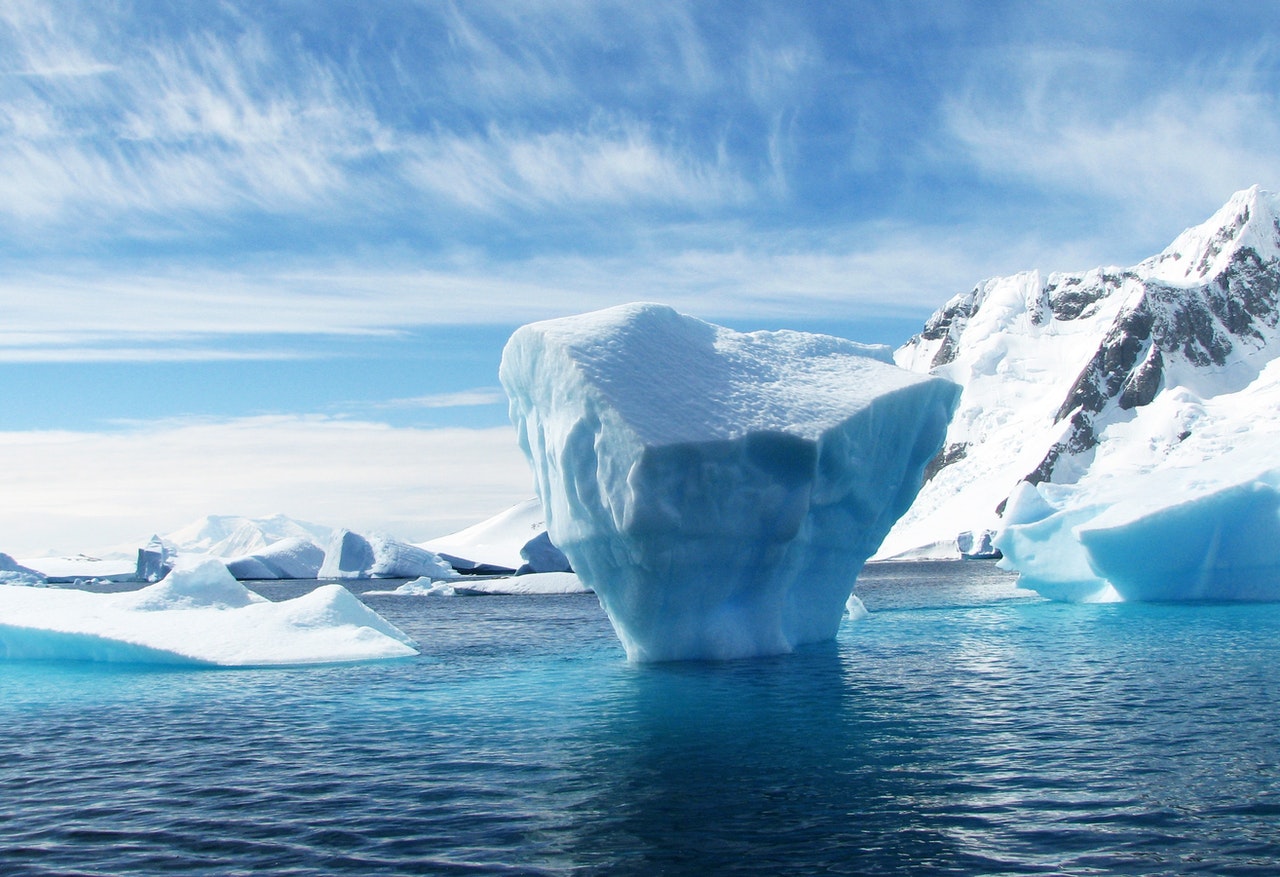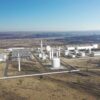There are more than 217.000 mapped glaciers in the world, ranging from tens of meters to the size of the state of California. They are all shrinking.
Even glaciers at the highest altitudes are not immune from climate change. The South Col glacier on Mt. Everest exists above 8,000 meters altitude, where temperatures never drop below freezing. Even there, increasing temperatures have boosted humidity, allowing storms to carry away the ice. The South Col glacier could cease to exist in as few as 30 years.
Researchers estimate that glaciers have lost 5.4 trillion tons of ice in the last 20 years. This lost ice is enough to cover the entire United Kingdom in water twenty meters deep. Anyone who has visited high mountains will understand the visual beauty of these massive ice formations, but it is not just their beauty that makes them important. Glaciers play a critical role in regulating our planet’s temperature and provide a continuous flow of fresh water through the summer months for many communities. The high mountain glaciers in Asia provide drinking and irrigation water, as well as hydropower to more than 1.5 billion people.
And although the rate of glacier melting has increased steadily, it is much smaller than the ice losses from Antarctica and Greenland. The Antarctic and Greenland will have little impact on people directly; however, they both contribute to rising sea levels. The water from melting ice, combined with heat expansion of the oceans, has seen global sea levels rise around 10 cm over the last 30 years.
The IPCC (2021) estimates that sea level rise could be 0.6-1 meters over the next 80 years, whereas other studies cite numbers as high as 2.5 meters in a worst-case scenario.
The world’s ice melting at an increasing rate becomes most concerning when considering its potential for exponential growth. Each bit of melting ice absorbs heat from the atmosphere as it transforms from a solid to a liquid. As ice disappears, the amount of ice left to absorb heat is reduced and thus starts melting at an increasing rate. Some have predicted we are past the point of return as this feedback loop accelerates.
As the earth warms and glaciers melt, we will continue to see negative impacts on agriculture. Previously arable land will become too hot, with less fresh water available for irrigation. Other areas will see increased flowing. The earth needs more food, so yield from cooler climates will be even more important. The application of nitrogen fertilizer is the most critical factor for improving yields, yet today’s method for producing this fertilizer is one of the biggest contributors to climate change.
We must find ways to balance our need for nitrogen with the needs of the planet. That is what Atlas Agro does.









